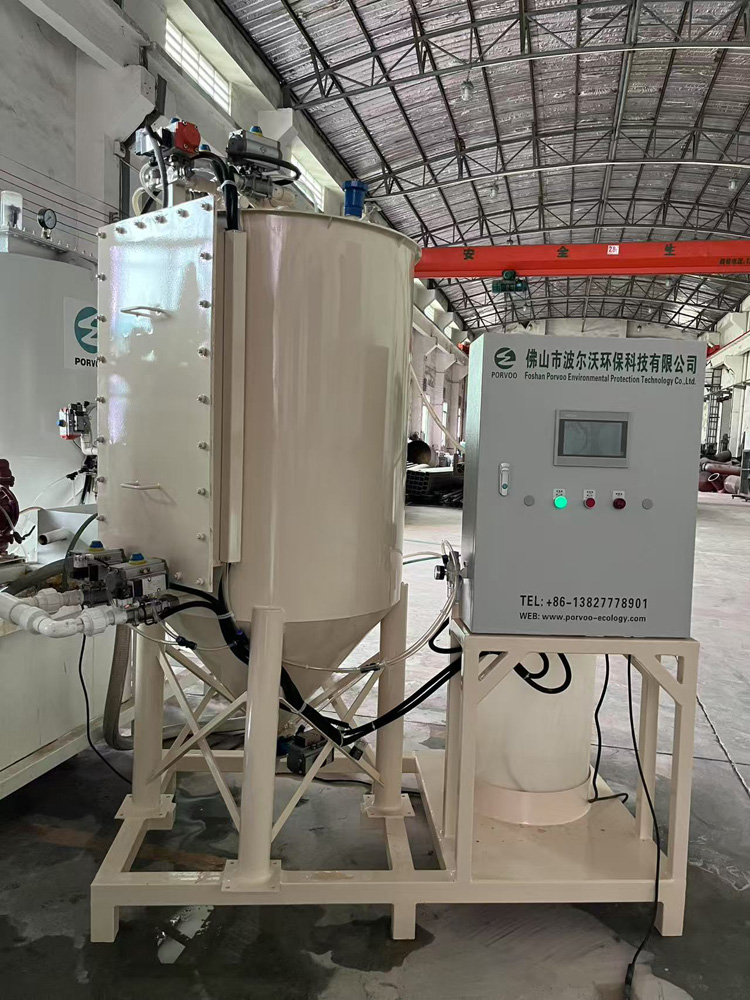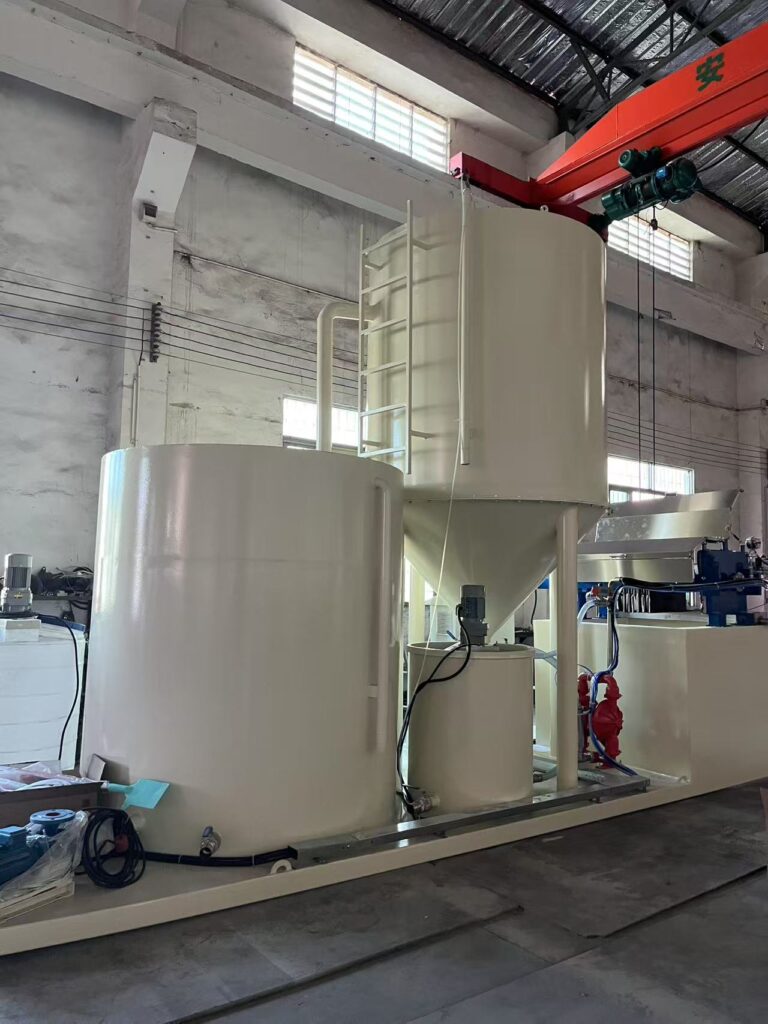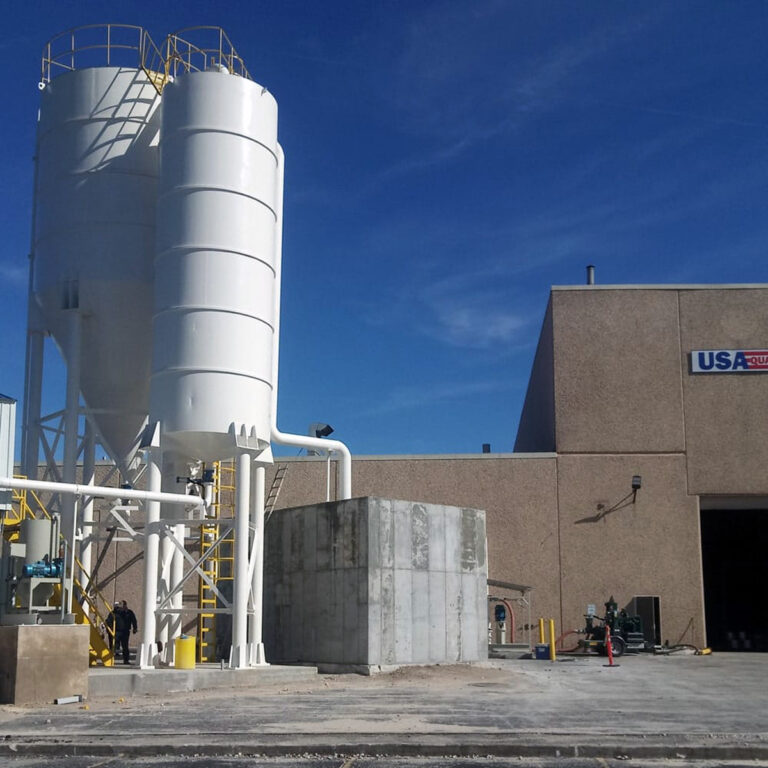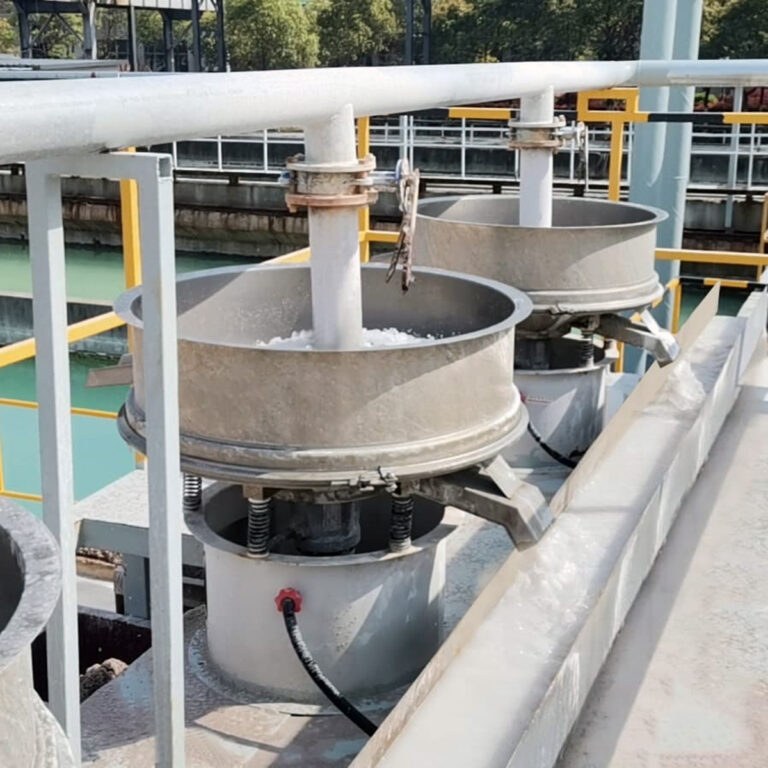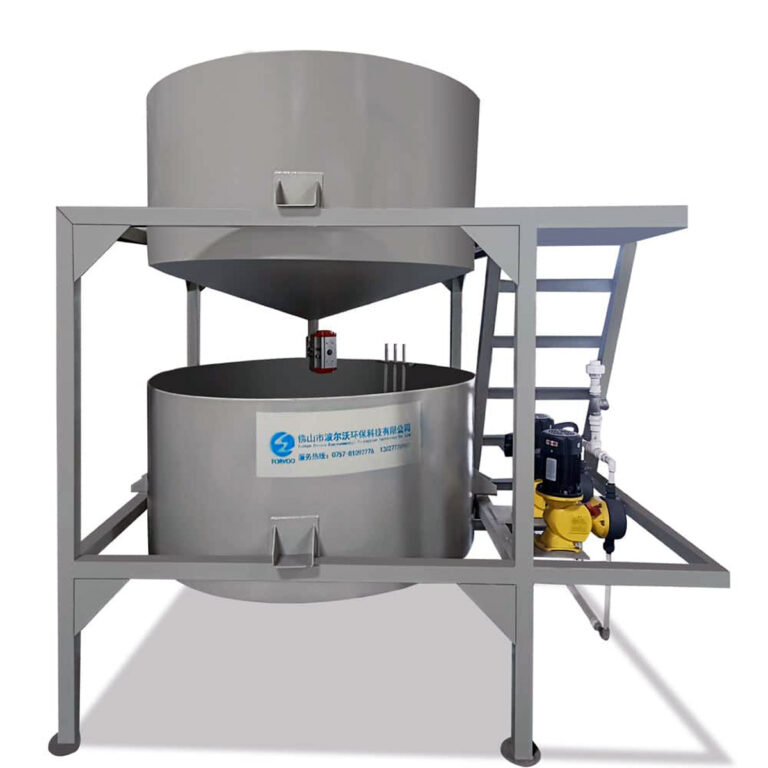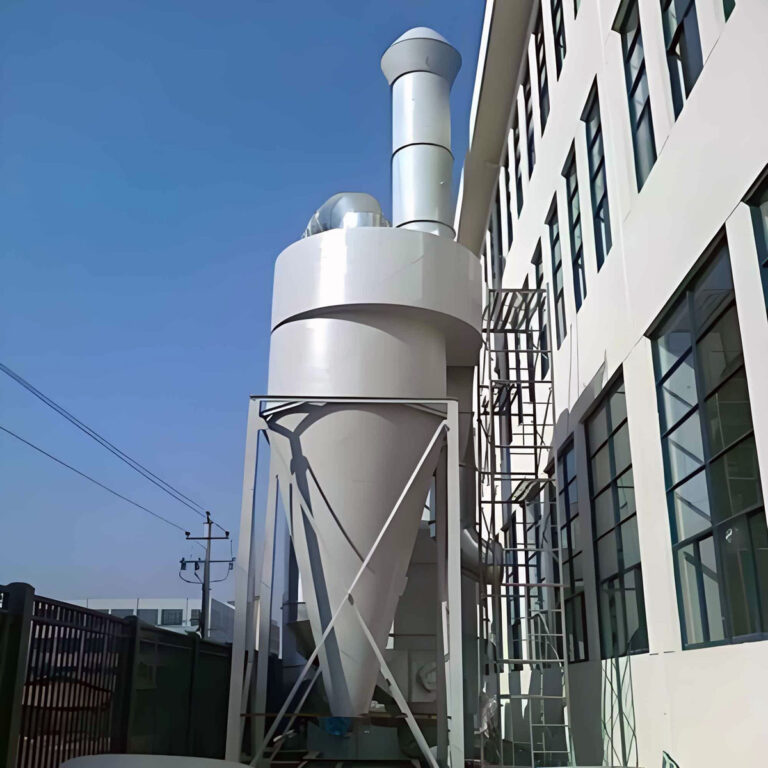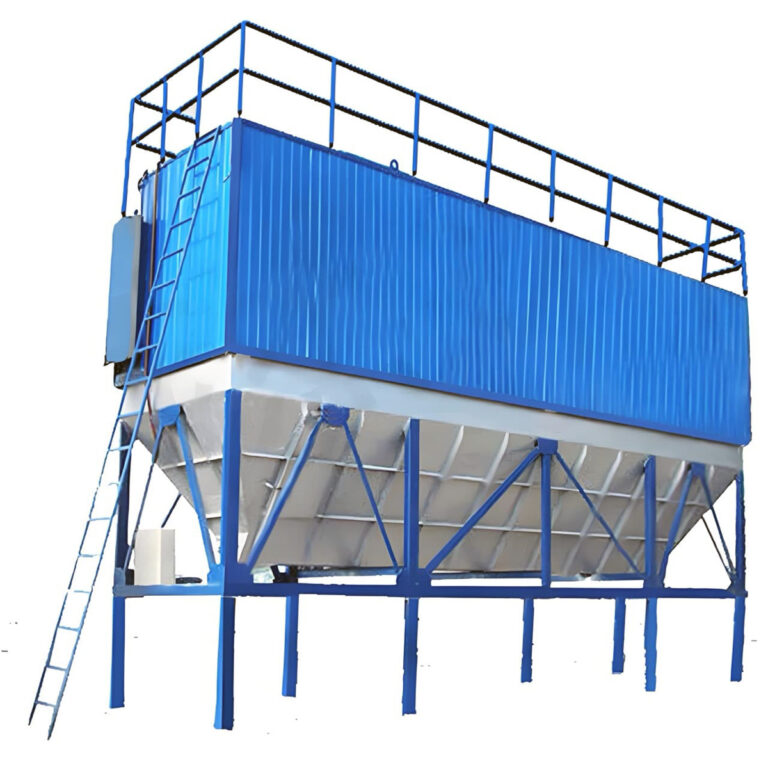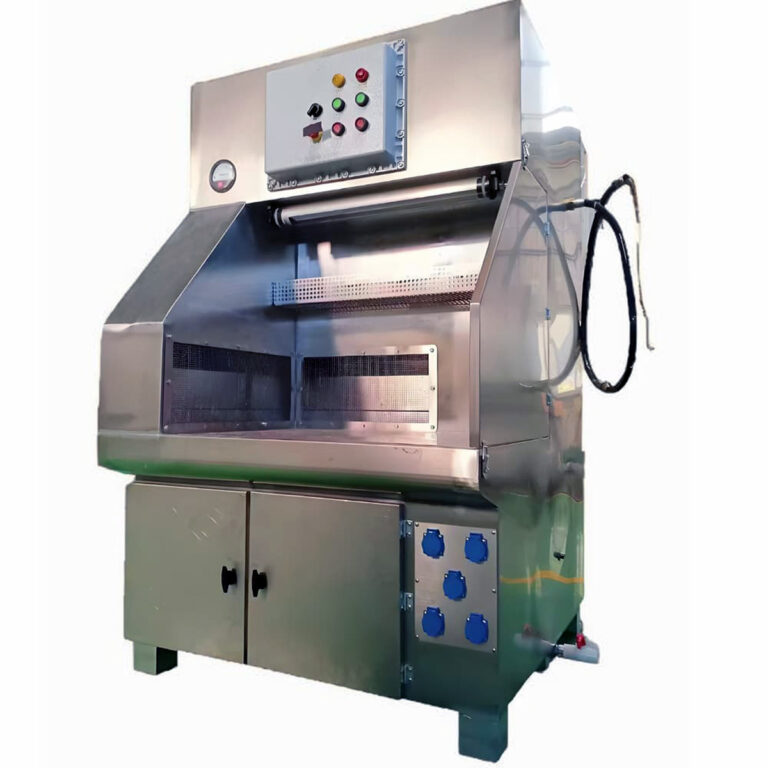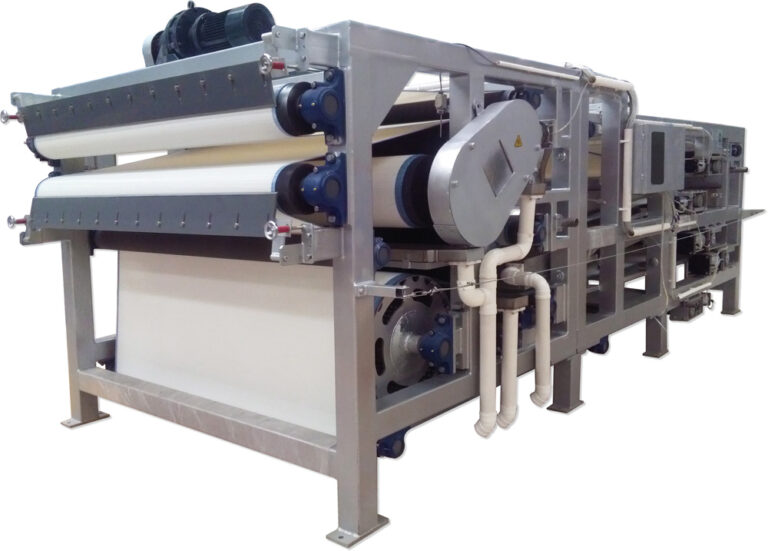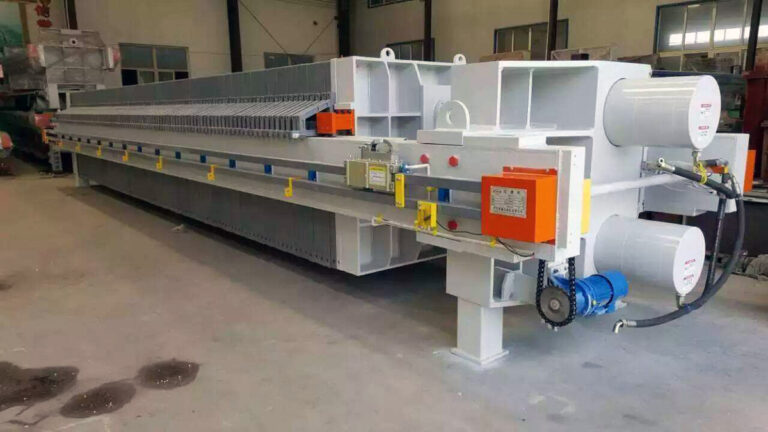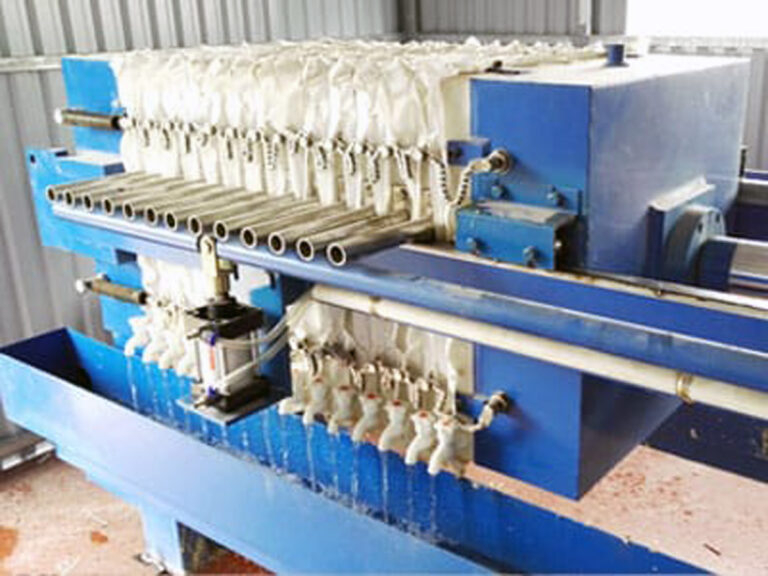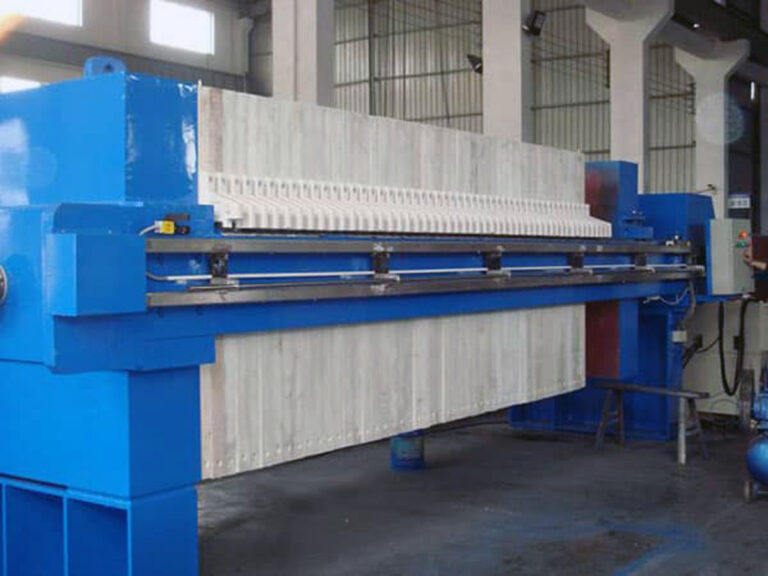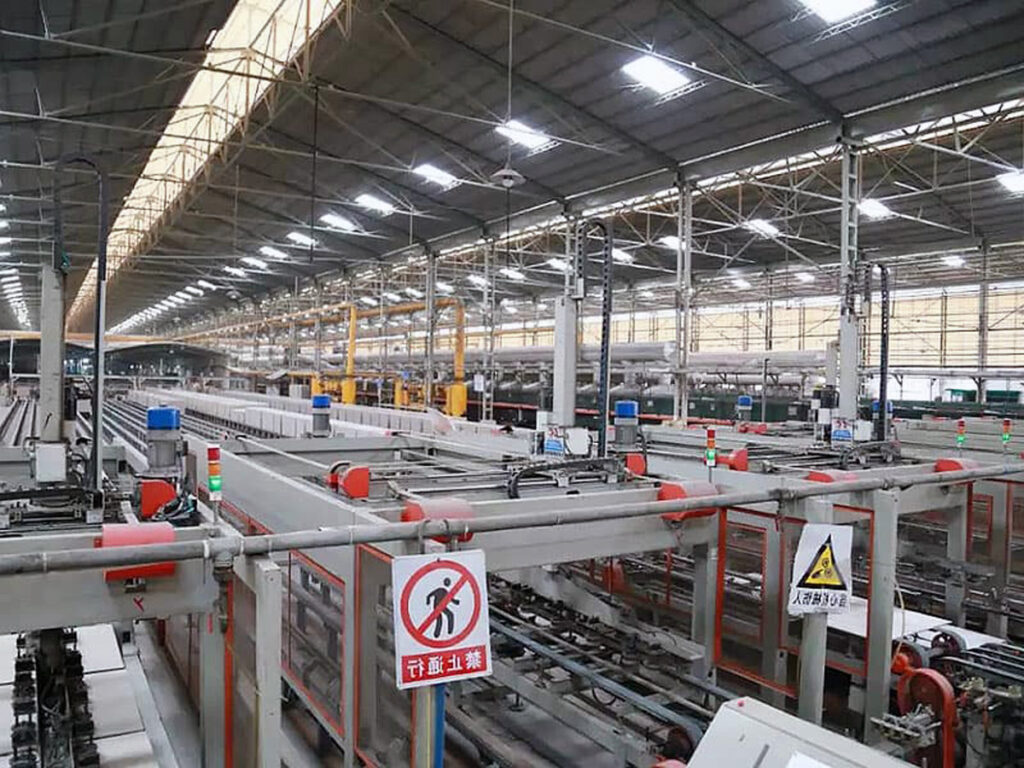The pharmaceutical industry faces an unprecedented challenge: maintaining sterile manufacturing environments while ensuring worker safety and regulatory compliance. Recent studies indicate that pharmaceutical dust control failures contribute to over 40% of FDA warning letters related to contamination control. This represents millions in potential losses and, more critically, risks to patient safety.
Consider the cascading effects of inadequate dust control systems. Cross-contamination events can shut down production lines for weeks, triggering costly product recalls and regulatory investigations. Workers exposed to active pharmaceutical ingredients (APIs) face serious health risks, while companies struggle with mounting compliance costs and damaged reputations.
This comprehensive guide explores cutting-edge solutions for pharmaceutical dust control, examining cleanroom-compatible systems, GMP compliance strategies, and innovative filtration technologies. You’ll discover proven methodologies for selecting, implementing, and maintaining dust control systems that protect both products and personnel while meeting the stringent requirements of modern pharmaceutical manufacturing.
What is Pharmaceutical Dust Control and Why is it Critical?
Pharmaceutical dust control encompasses specialized systems designed to capture, contain, and filter airborne particles generated during drug manufacturing processes. These systems go far beyond traditional industrial dust collection, incorporating sterile design principles, regulatory compliance features, and contamination prevention protocols essential for pharmaceutical environments.
The Science Behind Pharmaceutical Dust Generation
Manufacturing operations create diverse particle sizes ranging from submicron dust to larger agglomerates. During tablet compression, for instance, particles as small as 0.1 microns become airborne, while powder blending generates particles across the entire size spectrum. PORVOO research indicates that typical pharmaceutical operations can generate particle concentrations exceeding 100,000 particles per cubic foot without proper control measures.
The critical distinction lies in particle behavior within cleanroom environments. Unlike industrial settings where larger particles settle quickly, pharmaceutical facilities maintain positive pressure differentials and controlled airflow patterns that can distribute contamination throughout the facility if not properly managed.
Regulatory Landscape and Patient Safety Implications
The FDA’s Current Good Manufacturing Practices (cGMP) regulations specifically address dust control requirements in 21 CFR Part 211. These regulations mandate that manufacturing areas maintain appropriate cleanliness levels and prevent cross-contamination between different products or batches.
“Pharmaceutical dust control isn’t just about compliance—it’s about ensuring that every tablet, capsule, or injectable product meets the safety standards patients depend on.”
European Medicines Agency (EMA) guidelines further emphasize containment requirements, particularly for highly potent compounds where exposure limits may be measured in nanograms per cubic meter. The consequences of inadequate control extend beyond regulatory penalties to include product recalls, market withdrawals, and potential harm to patients.
Economic Impact of Dust Control Failures
Industry data reveals that contamination-related shutdowns cost pharmaceutical manufacturers an average of $2.3 million per week in lost production. This figure doesn’t account for the long-term reputational damage or the complex process of regaining regulatory approval following contamination events.
In our experience working with pharmaceutical clients, companies that invest in comprehensive dust control systems typically see ROI within 18 months through reduced downtime, improved yield rates, and avoided regulatory issues. The initial investment in proper pharmaceutical dust control equipment far outweighs the potential costs of contamination incidents.
How Do Cleanroom Dust Collection Systems Work?
Cleanroom dust collection systems operate on fundamentally different principles than conventional industrial dust collectors. These systems must maintain sterile conditions while providing exceptional particle capture efficiency across the entire size spectrum relevant to pharmaceutical manufacturing.
Multi-Stage Filtration Architecture
Modern cleanroom dust collection systems typically employ three-stage filtration: pre-filters for larger particles, high-efficiency particulate air (HEPA) filters for submicron particles, and ultra-low penetration air (ULPA) filters for the most demanding applications. This staged approach ensures optimal filter life while maintaining the 99.97% efficiency required for particles as small as 0.3 microns.
The system design incorporates smooth, crevice-free surfaces that prevent particle accumulation and facilitate cleaning validation. Welds are ground smooth and polished to pharmaceutical standards, while access points include inflatable seals to maintain containment during maintenance operations.
Advanced Airflow Management
Cleanroom-compatible systems utilize sophisticated airflow management to prevent cross-contamination. Laminar flow patterns ensure that captured particles cannot re-enter the manufacturing environment, while variable frequency drives adjust airflow based on real-time particle monitoring data.
| Component | Standard Industrial | Cleanroom Compatible |
|---|---|---|
| Surface Finish | Standard Paint | Electropolished Stainless Steel |
| Filtration Efficiency | 95% @ 5 microns | 99.97% @ 0.3 microns |
| Cleanability | Limited Access | 100% Accessible for Validation |
| Containment Level | Basic Dust Control | API Containment Certified |
Integration with Facility Systems
Successful cleanroom dust collection requires seamless integration with existing HVAC, building automation, and manufacturing execution systems. Real-time monitoring capabilities track filter performance, pressure differentials, and particle concentrations, providing operators with immediate alerts when performance degrades.
A leading sterile manufacturing facility recently implemented an integrated dust collection system that reduced their average particle count by 87% while cutting filter replacement costs by 40% through predictive maintenance algorithms. The system’s ability to automatically adjust to changing production conditions eliminated the need for manual interventions that previously risked contamination.
What are the Key GMP Compliance Requirements for Dust Control?
GMP compliant dust collectors must meet specific design, documentation, and validation requirements that distinguish them from standard industrial equipment. Understanding these requirements is essential for selecting systems that will pass regulatory inspections and maintain compliance throughout their operational life.
Design Qualification and Documentation Requirements
The FDA requires comprehensive documentation demonstrating that dust control systems are suitable for their intended use. This includes Design Qualification (DQ) documents that specify all critical parameters, Installation Qualification (IQ) protocols that verify proper installation, and Operational Qualification (OQ) procedures that confirm the system operates within specified parameters.
Documentation must include detailed specifications for all materials in contact with the product stream, surface finish requirements, cleaning procedures, and maintenance protocols. Every component must be traceable through batch records, with change control procedures governing any modifications to the system.
Validation and Testing Protocols
Pharmaceutical dust control systems require extensive validation testing to demonstrate consistent performance under all operating conditions. This includes particle challenge testing using standardized aerosols, containment testing for highly potent compounds, and cleaning validation to ensure complete removal of residual materials.
“The most sophisticated dust control system is worthless if it can’t be properly cleaned and validated. Design for cleanability from the beginning, not as an afterthought.”
Performance testing must demonstrate that the system consistently achieves specified particle removal efficiency across the full range of operating conditions. This includes testing at minimum and maximum airflow rates, with different particle sizes, and under various loading conditions.
Ongoing Compliance Monitoring
Maintaining GMP compliance requires continuous monitoring and documentation of system performance. This includes regular filter integrity testing, pressure differential monitoring, and particle counting to verify that the system continues to meet specifications.
Modern industrial dust collection systems designed for pharmaceutical use incorporate automated monitoring capabilities that continuously track critical parameters and generate compliance reports. These systems can automatically adjust operating parameters to maintain performance within validated ranges while alerting operators to any deviations requiring attention.
| Compliance Requirement | Testing Frequency | Documentation Required |
|---|---|---|
| Filter Integrity | Annual | Leak Test Certification |
| Particle Removal Efficiency | Quarterly | Challenge Test Results |
| Containment Verification | Semi-Annual | Tracer Gas Testing |
| Cleaning Validation | After Each Product Changeover | Residue Analysis |
The regulatory landscape continues to evolve, with increased emphasis on risk-based approaches and continuous monitoring. Companies that implement robust compliance programs with comprehensive documentation and regular testing find themselves better positioned to navigate regulatory inspections and maintain manufacturing approvals.
How to Select the Right Pharmaceutical Air Filtration System?
Selecting appropriate pharmaceutical air filtration systems requires careful analysis of multiple factors including product characteristics, facility requirements, regulatory constraints, and operational considerations. The wrong choice can result in inadequate protection, excessive operating costs, or compliance failures.
Assessing Product-Specific Requirements
Different pharmaceutical products present unique challenges for dust control systems. Sterile products require the highest level of containment and filtration efficiency, while non-sterile solid dosage forms may allow more flexibility in system design. Highly potent compounds demand specialized containment features that prevent personnel exposure to trace quantities.
Particle size distribution varies significantly between products and manufacturing processes. Spray drying operations generate fine particles requiring specialized collection techniques, while tablet compression creates a broader size distribution with different capture requirements. Understanding these characteristics is essential for proper system sizing and configuration.
Facility Integration Considerations
Modern pharmaceutical facilities operate as integrated systems where dust control must work seamlessly with existing HVAC, process equipment, and building management systems. The dust collection system must maintain appropriate pressure differentials while avoiding interference with cleanroom air patterns.
Space constraints often limit equipment options, requiring creative solutions such as modular designs or equipment located outside the cleanroom with remote pickup points. The system must accommodate future expansion while maintaining current performance standards.
Technology Evaluation Matrix
A comprehensive evaluation matrix helps compare different filtration technologies based on specific application requirements. This matrix should include performance criteria, lifecycle costs, maintenance requirements, and regulatory compliance factors.
| Evaluation Criteria | Cartridge Filters | Bag Filters | Wet Scrubbers | Cyclone Separators |
|---|---|---|---|---|
| Submicron Efficiency | Excellent | Good | Fair | Poor |
| Maintenance Frequency | Monthly | Quarterly | Weekly | Minimal |
| Initial Cost | Moderate | Low | High | Low |
| Operating Cost | Low | Moderate | High | Very Low |
| Cleanability | Excellent | Good | Excellent | Limited |
Performance Verification and Testing
Proper system selection requires rigorous testing to verify performance under actual operating conditions. This includes pilot testing with representative materials, computational fluid dynamics analysis to optimize airflow patterns, and containment testing to verify personnel protection.
A recent implementation at a major pharmaceutical manufacturer involved extensive testing of three different filtration technologies. The selected system achieved 99.99% capture efficiency while reducing energy consumption by 35% compared to their previous system. The key was matching system capabilities to specific process requirements rather than selecting based solely on initial cost.
In our experience, companies that invest in comprehensive performance testing during the selection phase achieve better long-term results with fewer operational issues. The additional upfront cost of thorough testing typically pays for itself within the first year of operation through improved performance and reduced troubleshooting.
What are the Latest Innovations in Sterile Manufacturing Dust Control?
Sterile manufacturing dust control continues to evolve with advances in filtration technology, monitoring systems, and integration capabilities. These innovations address traditional challenges while introducing new capabilities that enhance both performance and compliance.
Smart Filtration Technologies
Recent developments in smart filtration incorporate sensors directly into filter media, providing real-time feedback on filter condition and performance. These systems can predict filter failure before it occurs, enabling proactive maintenance that prevents disruptions to manufacturing operations.
Nanofiber filter media represents another significant advancement, offering superior particle capture efficiency with lower pressure drop. These filters can achieve ULPA-level performance while maintaining the airflow characteristics of traditional HEPA filters, resulting in energy savings and improved system performance.
Advanced Monitoring and Control Systems
Modern dust control systems incorporate artificial intelligence and machine learning algorithms to optimize performance based on changing conditions. These systems learn from operational data to predict maintenance needs, adjust operating parameters, and identify potential issues before they impact production.
“The future of pharmaceutical dust control lies in predictive systems that prevent problems rather than simply responding to them.”
Real-time particle monitoring has evolved beyond simple counting to include size distribution analysis and chemical identification. This capability enables immediate detection of unusual conditions and provides valuable data for process optimization and regulatory compliance.
Modular and Flexible Design Approaches
The industry trend toward smaller batch sizes and increased product variety has driven demand for more flexible dust control solutions. Modular systems allow rapid reconfiguration for different products while maintaining validated performance standards.
Portable containment systems provide flexibility for multi-product facilities, allowing the same dust control equipment to serve multiple manufacturing lines. These systems incorporate quick-connect fittings and standardized interfaces that simplify installation and validation.
Integration with Manufacturing Execution Systems
Modern dust control systems integrate seamlessly with Manufacturing Execution Systems (MES) to provide comprehensive data on system performance and product quality. This integration enables automated batch record generation and provides real-time visibility into dust control performance.
Advanced dust collection systems now communicate directly with process equipment to automatically adjust performance based on production requirements. This integration reduces operator workload while ensuring optimal performance under all operating conditions.
How to Implement Effective Pharmaceutical Grade Filtration?
Implementing pharmaceutical grade filters requires careful planning, proper installation, and ongoing maintenance to ensure consistent performance and regulatory compliance. Success depends on understanding the unique requirements of pharmaceutical applications and selecting appropriate technologies and procedures.
Pre-Implementation Planning and Risk Assessment
Successful implementation begins with comprehensive risk assessment identifying potential contamination sources, cross-contamination pathways, and personnel exposure risks. This assessment guides system design decisions and establishes performance criteria that must be met throughout the system lifecycle.
The planning phase must address installation logistics, including equipment access, utility requirements, and construction considerations. Pharmaceutical facilities often operate under strict contamination control requirements that limit construction activities and require specialized procedures for equipment installation.
Installation and Commissioning Procedures
Installation of pharmaceutical grade filtration systems requires specialized procedures to prevent contamination and ensure proper performance. All equipment surfaces must be thoroughly cleaned and inspected before installation, with documentation provided for regulatory compliance.
Commissioning procedures include comprehensive testing of all system components, verification of proper operation, and documentation of performance parameters. These procedures must be completed before the system can be used for production purposes.
Maintenance and Validation Programs
Ongoing maintenance requirements for pharmaceutical filtration systems are more stringent than typical industrial applications. Maintenance procedures must be validated to ensure they don’t compromise system performance or introduce contamination risks.
Filter replacement procedures require particular attention to prevent cross-contamination. Spent filters must be safely removed and disposed of according to established protocols, while new filters must be properly installed and tested before returning the system to service.
| Maintenance Activity | Frequency | Validation Required |
|---|---|---|
| Filter Replacement | Based on Pressure Drop | Yes |
| System Cleaning | Weekly | Yes |
| Performance Testing | Monthly | Yes |
| Calibration Verification | Quarterly | Yes |
A major pharmaceutical manufacturer recently implemented a comprehensive maintenance program that reduced unplanned downtime by 60% while improving filter life by 25%. The program’s success resulted from combining predictive maintenance technologies with rigorous validation procedures that ensure consistent performance.
What are the Common Challenges in Pharmaceutical Dust Control?
Understanding common challenges in pharmaceutical dust control helps manufacturers avoid costly mistakes and implement more effective solutions. These challenges range from technical issues to regulatory compliance difficulties, each requiring specific strategies to address effectively.
Cross-Contamination Prevention
Cross-contamination represents one of the most serious challenges in pharmaceutical dust control. Traditional industrial dust collectors often use bag filters that can allow particle migration between different product campaigns. Pharmaceutical applications require specialized designs that prevent any mixing of materials from different batches or products.
Containment systems must address both primary containment (preventing product from escaping the immediate process area) and secondary containment (preventing spread throughout the facility). This requires careful attention to airflow patterns, pressure differentials, and equipment design details.
Cleaning and Validation Complexity
Pharmaceutical dust control systems must be designed for complete cleanability, allowing thorough removal of all product residues between batches. This requirement often conflicts with efficiency considerations, as the smoothest surfaces may not provide optimal particle capture.
Validation requirements add another layer of complexity, requiring extensive documentation and testing to prove that cleaning procedures are effective. The validation process must demonstrate that residual contamination is below acceptable limits, which may require sophisticated analytical techniques.
Regulatory Compliance Burden
Maintaining compliance with evolving regulations requires ongoing attention and resources. Regulatory requirements differ between regions and continue to evolve as agencies update their guidelines and expectations.
The documentation burden associated with regulatory compliance can be substantial, requiring dedicated resources to maintain current validation status and respond to regulatory inquiries. Companies must balance compliance requirements with operational efficiency to maintain competitiveness.
Technology Integration Challenges
Integrating dust control systems with existing facility infrastructure can present significant challenges. Legacy systems may not have the communication capabilities required for modern integrated approaches, requiring expensive upgrades or workarounds.
The rapid pace of technological change means that systems installed even five years ago may lack capabilities that are now considered essential. Upgrading existing systems while maintaining validation status requires careful planning and significant investment.
While these challenges are significant, they are not insurmountable. Companies that approach dust control system implementation with proper planning, adequate resources, and expert guidance consistently achieve successful outcomes. The key is recognizing these challenges early and incorporating solutions into the system design rather than trying to address them after implementation.
Conclusion
Pharmaceutical dust control represents a critical intersection of patient safety, regulatory compliance, and operational efficiency. The evolution from simple dust collection to sophisticated containment systems reflects the industry’s commitment to producing safe, effective medications while protecting workers and the environment.
Key insights from this comprehensive analysis include the importance of early planning and risk assessment, the value of integrated systems that work seamlessly with existing infrastructure, and the critical role of ongoing maintenance and validation in ensuring long-term success. Companies that invest in proper system selection, implementation, and maintenance consistently achieve better outcomes with lower total cost of ownership.
The regulatory landscape will continue to evolve, with increased emphasis on risk-based approaches and continuous monitoring. Organizations that build robust compliance programs with comprehensive documentation and regular testing will be better positioned to navigate these changes while maintaining their competitive advantage.
Looking forward, the integration of artificial intelligence, predictive maintenance, and advanced monitoring technologies promises to further improve pharmaceutical dust control effectiveness. These innovations will enable more precise control, better predictive capabilities, and enhanced integration with manufacturing execution systems.
For pharmaceutical manufacturers evaluating dust control solutions, the key is to think beyond immediate needs and consider the full lifecycle of the system. What regulatory changes might affect your requirements? How will your product mix evolve? What new technologies might become available? By addressing these questions upfront, you can select solutions that will serve your needs for years to come.
The investment in proper pharmaceutical dust control systems pays dividends through improved product quality, reduced regulatory risk, and enhanced worker safety. As the industry continues to evolve, companies that prioritize these systems will be better positioned to meet the challenges of modern pharmaceutical manufacturing while maintaining their focus on patient safety and product quality.
Ready to implement a comprehensive pharmaceutical dust control solution? Explore our specialized industrial dust collection systems designed specifically for pharmaceutical and cleanroom applications.
Frequently Asked Questions
Q: What is Pharmaceutical Dust Control | Cleanroom Compatible Systems?
A: Pharmaceutical Dust Control | Cleanroom Compatible Systems are specialized dust collection and containment solutions designed to manage and eliminate dust particles in pharmaceutical manufacturing environments. These systems ensure that cleanrooms and production areas remain free of harmful dust, protecting both product integrity and worker safety. They typically include advanced dust collectors, central vacuum systems, and filtration units that comply with stringent cleanroom standards.
Q: Why is dust control important in pharmaceutical cleanrooms?
A: Dust control is crucial in pharmaceutical cleanrooms because even the smallest dust particles can contaminate products, compromising their safety and effectiveness. Effective dust control helps maintain air purity, ensures compliance with regulatory hygiene standards, and protects workers from inhaling hazardous dust. Maintaining a dust-free cleanroom environment supports consistent product quality and reduces costly production downtime caused by contamination.
Q: How do cleanroom compatible dust control systems work in pharmaceutical facilities?
A: Cleanroom compatible dust control systems operate by capturing dust at the source — during processes like tablet pressing or coating — using specialized dust collectors and central vacuum units. These systems filter the air through high-efficiency filters and return clean air back to the environment. Features often include continuous filter cleaning mechanisms and sealed dust discharge (Bag-In Bag-Out systems) to prevent dust exposure during maintenance, all designed to maintain cleanroom integrity without interrupting production.
Q: What are the key features to look for in pharmaceutical dust control systems?
A: Key features include:
- High-efficiency particulate air (HEPA) or ultra-low penetration air (ULPA) filtration to trap fine dust particles.
- Compact, pressure-resistant housings for easy installation in cleanrooms.
- Continuous filter cleaning technology to maintain airflow and system efficiency.
- Bag-In Bag-Out systems for safe, contamination-free filter and dust disposal.
- Customizable configurations tailored to specific production needs and cleanroom classifications.
Q: How can pharmaceutical companies ensure effective dust control beyond installing systems?
A: Besides installing cleanroom compatible dust control systems, pharmaceutical companies should:
- Implement routine cleaning protocols after each production cycle.
- Ensure workers use proper personal protective equipment (PPE) to prevent dust spread.
- Conduct regular maintenance and inspection of dust control equipment.
- Train staff on contamination prevention and dust control best practices.
- Continuously monitor air quality to quickly identify and address dust issues.
Q: What are the benefits of investing in advanced dust control systems for pharmaceutical production?
A: Investing in advanced Pharmaceutical Dust Control | Cleanroom Compatible Systems offers benefits such as:
- Enhanced product quality and safety by minimizing contamination risks.
- Compliance with global regulatory standards for manufacturing environments.
- Improved worker health and safety through reduced dust exposure.
- Reduced cleaning time and production downtime, increasing operational efficiency.
- Prolonged equipment lifespan by preventing dust-related wear and clogging.
External Resources
- Pharmaceutical & Chemical Industry | Clean Room Solutions – Provides expertise in cleanroom-compatible central vacuum systems tailored for pharmaceutical dust control, focusing on stringent industry standards.
- Pharmaceutical Dust Collectors – Discusses cyclonic dust collection solutions designed for the pharmaceutical sector, highlighting efficient dust removal and compatibility with cleanroom environments.
- Pharmaceutical, OSD manufacturing – Details cleanroom air filtration and dust collection solutions essential for maintaining pharmaceutical product quality and regulatory compliance.
- Pharmaceutical Cleanrooms – Modular Cleanrooms – G-CON – Explores modular cleanrooms that ensure controlled environments, focusing on dust and particulate control for pharmaceutical manufacturing.
- Dust Collector for Pharmaceutical Industry – Offers a range of dust control and air filtration systems engineered specifically for pharmaceutical facilities to reduce cross-contamination and maintain cleanroom standards.
- Good Manufacturing Practice (GMP) for Cleanrooms – Explains GMP requirements for cleanroom design, including dust control measures critical for pharmaceutical environments.
